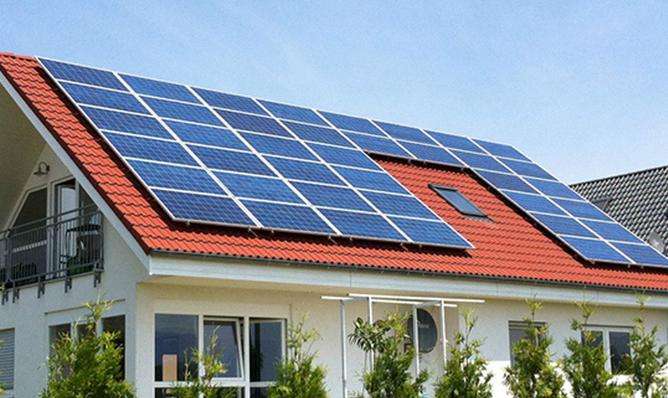You can choose according to power and consider your local voltage fluctuation range. The conventional range of the voltage regulator is 140V to 260V. Ultra-low pressure can also be customized. A voltage regulator has an adaptable range of input voltage. The IEC standard states that the input voltage changes within ±10 of the rated value when it exceeds the range, an automatic audible and visual alarm occurs, and the output voltage cannot be stabilized within the required range. B. The output voltage adjustment rate is. the output change caused by the change of the input voltage when the load is at the rated value, adjust the input voltage upward from the rated value to the upper limit and the lower limit according to the source voltage range, and measure the maximum. change in output voltage (±). The smaller this value, the better, and it is an inimportant indicator to measure the performance of the AC voltage regulator. C. Load regulation rate: This is the effect of changes in output caused by changes in load. Change the load current and measure the change in output voltage (±). The smaller this value, the better, and it is also important to measure the performance of the AC voltage regulator. If you do not understand the voltage regulator produced by our company, please consult me.
Can a 2 kW permanent magnet micro-hydroelectric motor equipped with a 5 kW household voltage stabili
Introduction Can a 2 kW permanent magnet micro-hydroelectric motor equipped with a 5 kW household voltage stabilizer maintain a constant voltage? You can choose according to the power. Additionally, consider your local voltage fluctuation range when choosing. The volt














